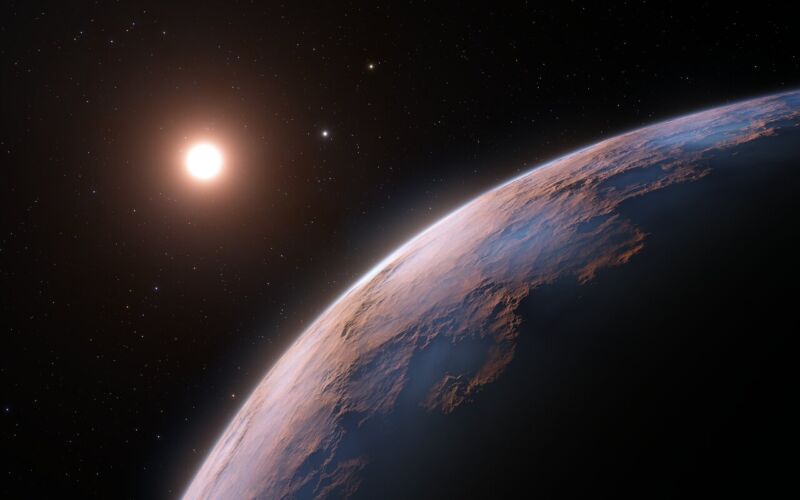
Enlarge / This artist’s impression shows a close-up view of Proxima d, a planet candidate recently found orbiting the red dwarf star Proxima Centauri, the closest star to the Solar System. (credit: ESO/L. Calçada)
We’ve now cataloged thousands of planets that orbit distant stars. For most of them, our knowledge is limited to basic statistics: their size, mass, and orbital distance from their host star. And, due to the difficult-to-comprehend distances within our galaxy, it’s likely that this will remain the sum of our knowledge about them for generations.
For the small number of planets closer to Earth, however, there’s the chance to learn much more. Plans are already underway to study the atmospheres of planets within about 30 light years of Earth over the next few decades, and improvements in existing technologies have the potential to reveal even more. So the discovery of an Earth-sized planet orbiting Proxima Centauri, the closest star to the Sun, was exciting news. We now have the potential to learn much more about this rare planet.
And now, scientists have confirmed that this planet isn’t alone; at least one more planet orbits Proxima Centauri. And it turns out to be an unusually light one, with only about double the mass of Mars.




